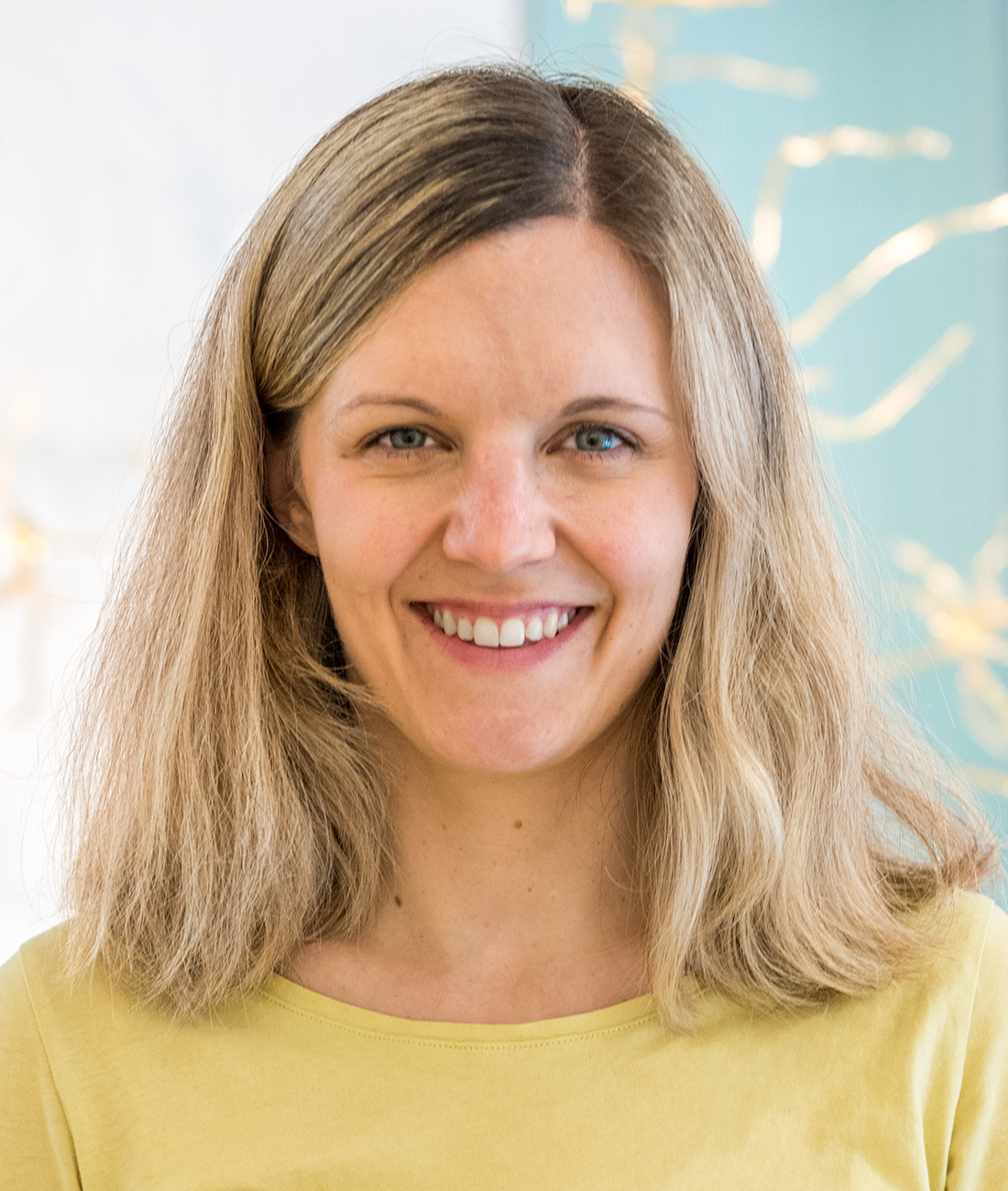Katharina Dobs | PI
Katha leads this group of fantastic people since October 2020. Previously, she was a postdoctoral researcher at MIT where she worked with Nancy Kanwisher. During her first Postdoc at CNRS-CerCo she worked with Leila Reddy and Weiji Ma. She completed her PhD at the Max Planck Institute for Biological Cybernetics under the supervision of Isabelle Bülthoff, Johannes Schultz and Justin Gardner. Katha's passion lies in exploring the intersections of AI and neuroscience to unlock the mysteries of the brain. You can find her CV here.
If she's not doing science, Katha loves traveling, despite the Munich to Giessen commute, and spending time with her family, her three kids and friends.

Silke Hohmeyer | Lab manager
Silke is in charge of the administrative tasks in the lab and helps get new projects up and running in the team. She manages organizational matters and is always happy to help with unusual enquiries.
In her personal time, she loves exploring new places, cherishes family time, and never misses a chance to go hiking – particularly if her dog Lily is coming along.
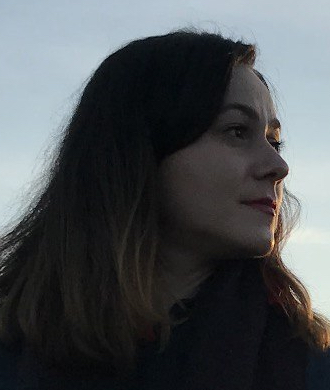
Elaheh Akbari | PhD student
Elaheh has a bachelor’s degree in Engineering and a master’s degree in Cognitive Neuroscience. She has a keen interest in computational neuroscience and especially computational mechanisms underlying face perception. She is mainly interested in using CNNs as a testbed for exploring human face perception and the functional organization of the visual stream.
When she is not doing research, she reads novels, takes long walks in nature, and explores new cultures.
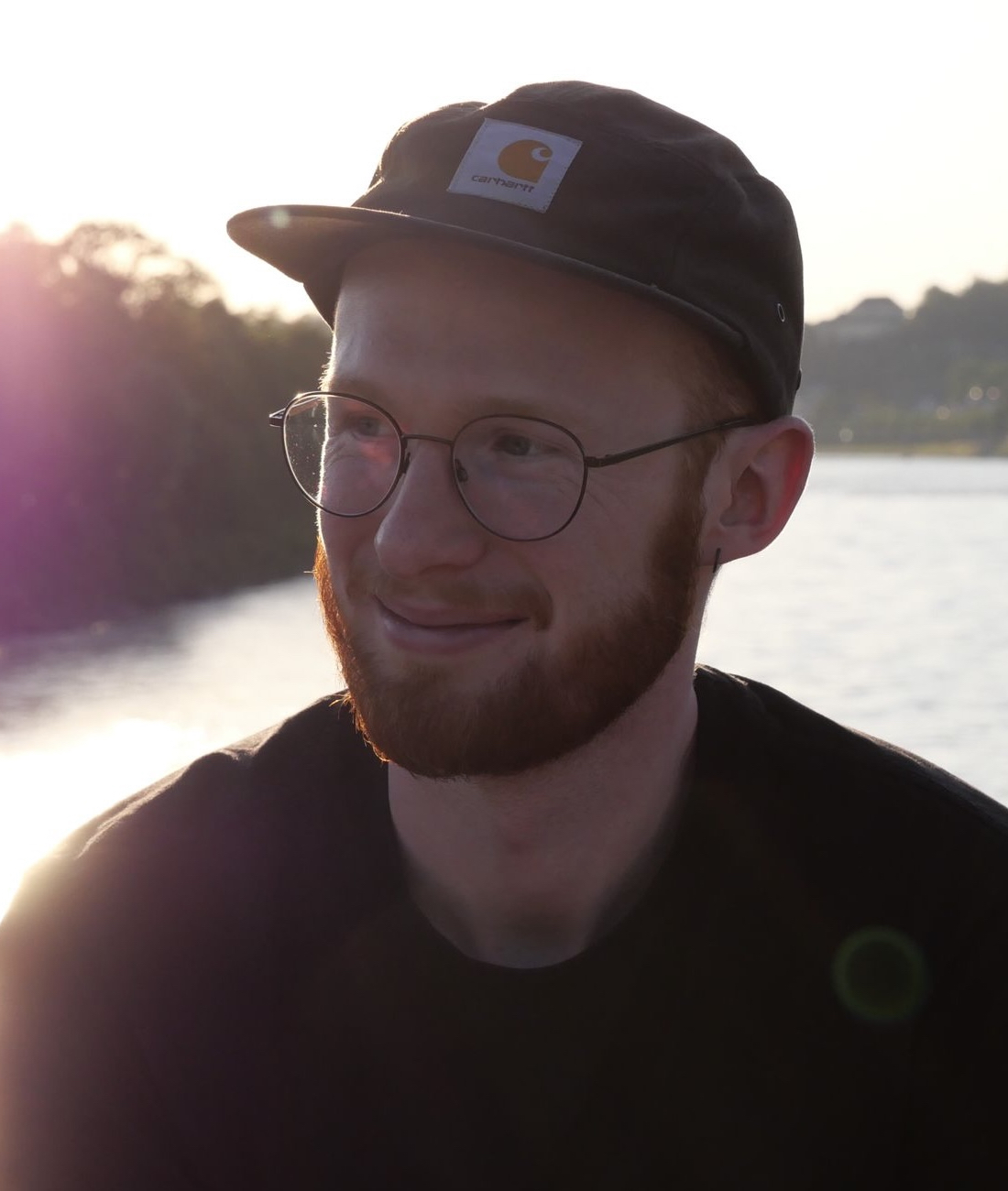
Leonard van Dyck | PhD student
Lenny is co-supervised with Martin Hebart. He received his MSc in Psychology with specialization in Cognitive Neuroscience from the University of Salzburg. His main research interest focuses on how our brain processes and organizes visual information. He has a passion for all kinds of dimensional approaches, ranging from neural data analysis to distinguishing nuances in coffee flavor.
Lenny loves to spend his free time hiking in the mountains or campervanning around the world.

Anastasia Lado | PhD student
Anastasia holds a Bachelor’s in Psychology and a Master’s in Neural and Behavioral Science. She previously researched multisensory processing in speech perception, including the McGurk illusion. Anastasia is passionate about computational neuroscience and aims to use deep neural networks to explore functional specialization in the visual system. Moreover, since 2020 she is involved in Trend In Africa organization and helped organize two neuroscience workshops on the African continent.
Outside the lab, she enjoys exploring nature and urban jungles, and is a self-proclaimed adventurous eater who loves trying new and exotic foods from different cultures.

John Miao | Postdoc
John earned his Bachelor’s degree in Measurement and Control Technology and Instrumentation, followed by a Ph.D. in Instrument Science and Technology. His research interests encompass artificial neural networks, EEG, brain-computer interfaces, machine learning, and medical image processing. With a deep enthusiasm for neuroscience, John strives to integrate artificial neural networks with cognitive neuroscience to achieve a more comprehensive understanding of the brain.
In his leisure time, he is proficient in badminton and squash, enjoys hiking, and delights in exploring local scenic spots or trying new cuisines with friends.
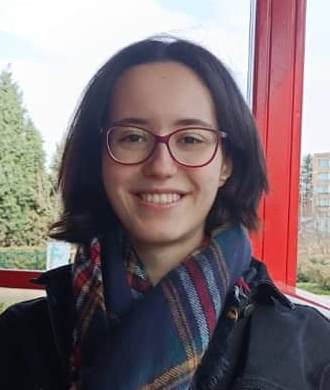
Hilal Nizamoglu | PhD student
For the past four years, Hilal has dived deep in the action perception and biological motion literature during her BSc and MSc years in Turkey. Currently, she is doing her PhD studies on understanding the role of facial movements on face processing and identification. She is very much interested in neuroimaging tools including fMRI and EEG, and she would like to improve her skills on computational neuroscience.
In her free time, she likes to go hiking and teach herself a new word in any of the world languages. One day she wants to visit and write about Jazz Cafés all over the globe.
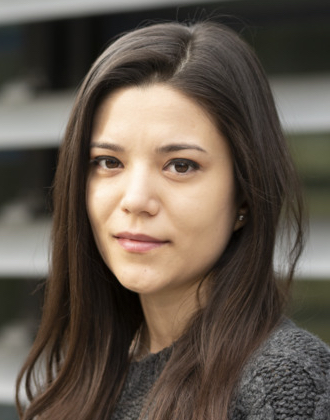
Sule Tasliyurt-Celebi | PhD student
Sule has a bachelor's degree in psychology and a master's degree in cognitive science. She is currently focusing on how scene information affects face processing behavior by combining psychophysical tools including eye tracking with computational modeling.
In her free time, Sule takes advantage of living in the middle of Europe to travel a lot and enjoy the wonderful nature.

Alban Flachot | Postdoc
Alban holds two master degrees, one in Biophysics and one in Cognitive Sciences. He completed his Ph.D under the supervision of Karl Gegenfurtner. He then went on to work with Richard Murray at York University as a postdoctoral researcher before joining the VCCN lab. Alban's work lies at the intersection of AI and neuroscience, with a keen interest on how our sensory experience can shape our perception and neural organization.
When not doing science, Alban enjoys listening to & playing music, hiking and sharing a homemade meal with a loved one.

Jakob Winkler | PhD student
Jakob holds a bachelors degree in Artificial Intelligence and a masters degree in Applied Research, where he focused on AI and EEG source localization. He is now a member of the VCCN lab, working at the intersection of AI and neuroscience. His research interests center on how neural networks can be used to better understand and make sense of the human brain.
Outside of research, Jakob enjoys sports like resistance training, playing volleyball or badminton, and exploring his interest in history.

Kemal Caner | Master student
Kemal has completed his bachelor’s degree in psychology in Cyprus and is currently pursuing a master’s degree in the Mind, Brain, and Behaviour program at JLU. He is a student assistant at the VCCN Lab and is broadly interested in topics of face perception, attention and phenomenal awareness.
Beyond his commitments to the Lab, Kemal enjoys his halloumi in various ways; raw, grated, grilled, fried, baked, barbecued and even marinated.

Saskia Fohs | Master student
Saskia is a master's student in the Mind, Brain, and Behavior program at JLU. She is currently working as a student assistant at the VCCN Lab. She is interested in how neural networks and training sets with different statistics can be leveraged to explore the functionality of biases. Additionally, she is working in working memory research and what cognitive factors might influence systematic biases there.
In her free time, Saskia is mostly out hiking, climbing and filling her "real life Pokedex" with any wildlife that crosses ways with her and her camera.

Florian Narr | Master student
Florian is a master's student in the Mind, Brain and Behavior program at JLU. He is currently working as a student assistant at the VCCN Lab. He is widely interested in functional brain organization, neuroimaging techniques, and hopes to learn more about computational neuroscience.
Florian likes to spend his free time with friends, watching football or traveling to new places.

Melis Akdeniz | Master student
Melis has a bachelor's degree in psychology from Bilkent University, Turkey. She is now a master's student in the Mind, Brain, and Behavior program at JLU. Melis is a student assistant in the VCCN Lab and is interested in face perception, facial expression processing, and the effects of familiarity on facial expression recognition.
Melis enjoys spending time with her friends, reading, watching movies, and making pottery and sculptures in her free time. She is interested in philosophy and all aspects of art.

Sirine Nouira | Master student
Sirine has a Bachelor’s degree in Psychology from Toulouse University and she’s now a student in the Mind Brain and Behavior program at JLU. She is currently working as a student assistant and conducting her thesis project at the VCCN lab.
Sirine enjoys spending her free time playing guitar and video-games, reading books and listening to Music.
Former lab members
PhD students
Pranjul Gupta | now at DMG MORI
Bachelor's and Master's students
Christine Huschens
Samuel Sanders
Luca Sohnrey
Helena Feldhege
Fatma Celebi
Sophia Gruber
Yuanrui Zheng
